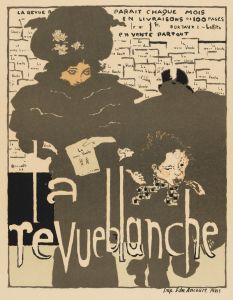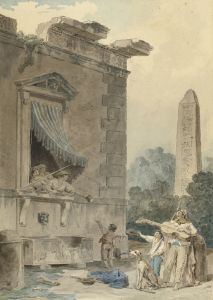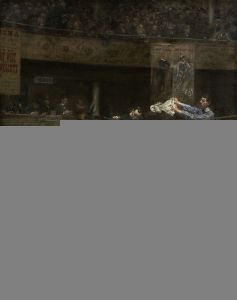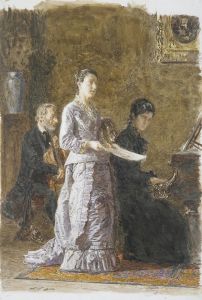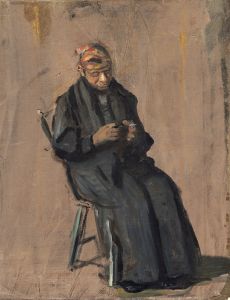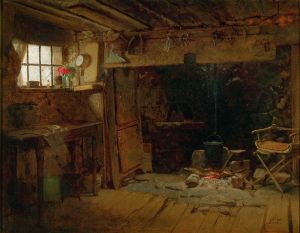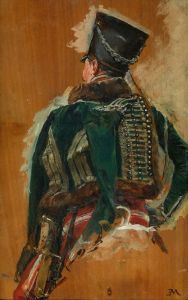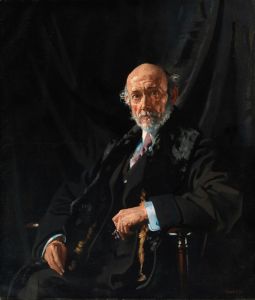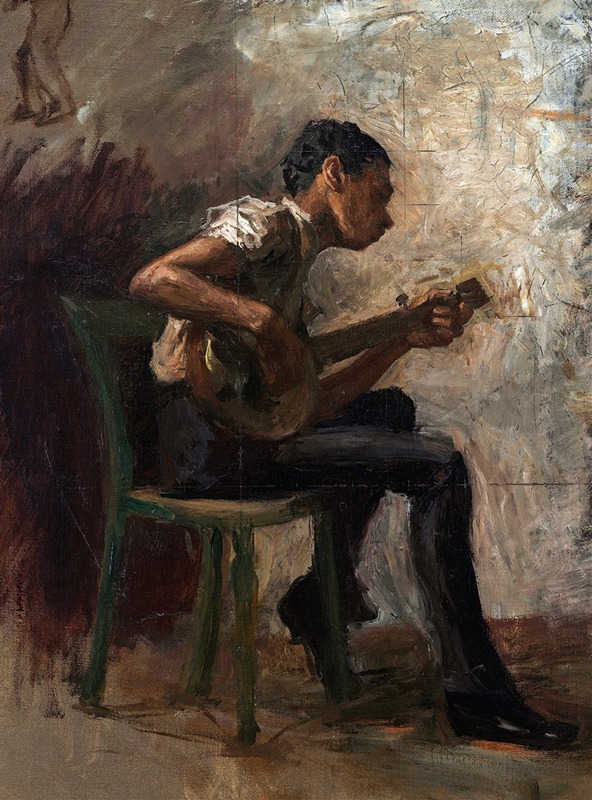
The Banjo Player
A hand-painted replica of Thomas Eakins’s masterpiece The Banjo Player, meticulously crafted by professional artists to capture the true essence of the original. Each piece is created with museum-quality canvas and rare mineral pigments, carefully painted by experienced artists with delicate brushstrokes and rich, layered colors to perfectly recreate the texture of the original artwork. Unlike machine-printed reproductions, this hand-painted version brings the painting to life, infused with the artist’s emotions and skill in every stroke. Whether for personal collection or home decoration, it instantly elevates the artistic atmosphere of any space.
"The Banjo Player" is a painting by the American artist Thomas Eakins, completed in 1892. Eakins is renowned for his realistic portrayals and his dedication to capturing the human form with precision and depth. This particular work exemplifies his skill in both portraiture and genre painting, reflecting his interest in everyday life and the people who inhabit it.
The painting depicts an African American man playing the banjo, a subject that was relatively uncommon in the art world at the time. Eakins was known for his commitment to realism and often chose subjects that were not traditionally represented in fine art. By focusing on an African American musician, Eakins highlighted the cultural significance of African American music and its influence on American culture.
Eakins' approach to this painting is marked by his characteristic attention to detail and his use of light and shadow to create a sense of volume and presence. The musician is shown in a moment of concentration, his fingers deftly positioned on the strings of the banjo. The background is kept simple, ensuring that the viewer's attention remains on the subject. Eakins' use of a limited color palette further emphasizes the figure, drawing the eye to the musician's expressive face and hands.
The painting is notable for its sensitive portrayal of the musician, avoiding the stereotypes that were prevalent in depictions of African Americans during the 19th century. Instead, Eakins presents the banjo player with dignity and respect, focusing on his skill and the joy of music-making. This approach reflects Eakins' broader artistic philosophy, which emphasized the importance of truth and accuracy in art.
"The Banjo Player" is also significant within Eakins' body of work as it demonstrates his interest in the intersection of art and music. Eakins himself was an amateur musician and often incorporated musical themes into his paintings. This work is part of a series of paintings and sketches that explore the theme of music and musicians, showcasing Eakins' fascination with the subject.
Today, "The Banjo Player" is housed in the Metropolitan Museum of Art in New York City. It remains an important example of Eakins' work and is celebrated for its technical mastery and its empathetic portrayal of its subject. The painting continues to be studied and appreciated for its contribution to American art and its role in challenging the artistic conventions of its time.
Eakins' legacy as an artist is marked by his commitment to realism and his willingness to tackle subjects that were often overlooked by his contemporaries. "The Banjo Player" stands as a testament to his skill and his dedication to capturing the diversity of American life.





